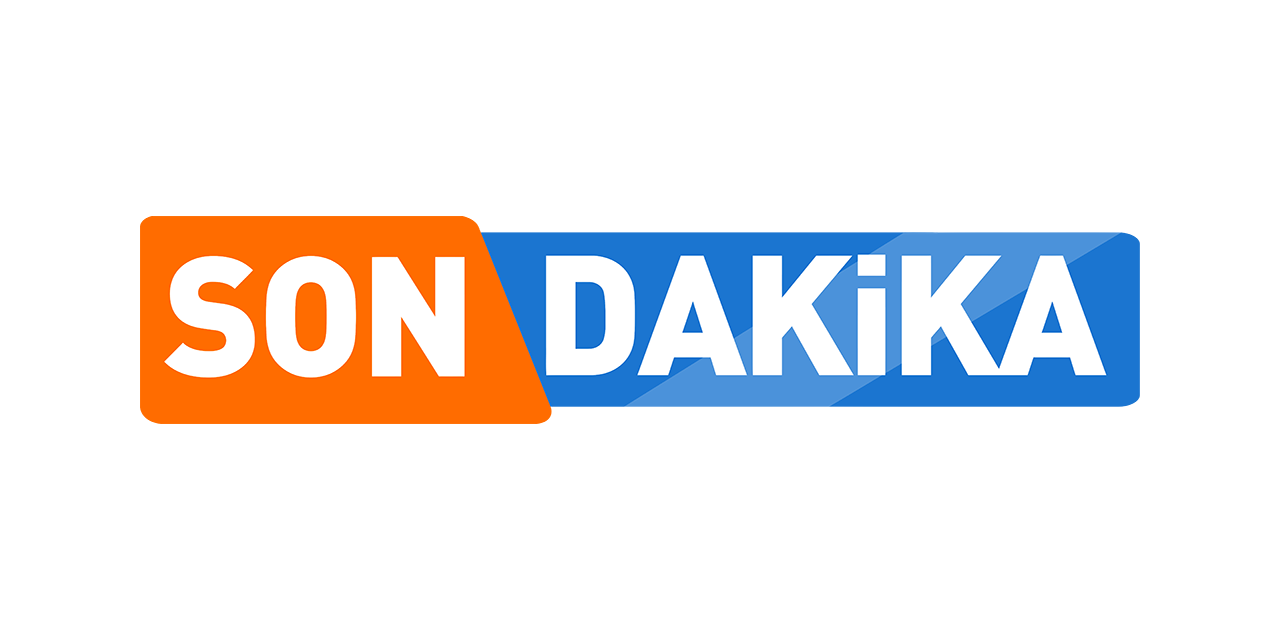a:hover]:shadow-highlight-franklin dark:[&>a:hover]:shadow-highlight-franklin [&>a]:shadow-underline-black dark:[&>a]:shadow-underline-white”>The best MacBook for photo and video editing
CPU: M3 Pro, M3 Max / GPU: M3 Pro, M3 Max / RAM: 18GB – 36GB (M3 Pro), 36GB – 128 GB (M3 Max) / Storage: 512GB, 1TB, 2TB, 4TB, 8TB / Display: 14.2 / 16.2-inch Liquid Retina XDR, 3024 x 1964 / 3456 x 2234, adaptive refresh up to 120Hz, no touch option / Dimensions: 12.31 x 8.71 x 0.61 / 14.01 x 9.77 x 0.66 inches / Weight: 3.5 / 4.7 pounds (M3 Pro), 3.6 / 4.8 pounds (M3 Max)
If you need more power for intensive creative work — like 3D rendering and working with ultra-high-resolution photos and video — the MacBook Pro is your huckleberry. Both the 14- and 16-inch models are available with powerful M3 Pro or M3 Max processors. There’s also a 14-inch Pro with a plain-old M3 processor, but it’s kinda weirdly positioned and most people shouldn’t get it.
Processors (and the new space black color option) aside, the MacBook Pro has remained largely unchanged since 2021. It has a bright, beautiful, color-accurate, high-definition screen with HDR and adaptive refresh rate up to 120Hz; amazing speakers, a comfortable keyboard and trackpad; and a good port loadout: three Thunderbolt 4 / USB-C 4 ports, plus HDMI and an SD card slot. The 14-inch MacBook Pro is a few hundred dollars cheaper than the 16-inch, but aside from the very lowest processor options, most configurations are available in either size, so pick whichever works for you.
In our benchmarks, which test a variety of creative tasks including encoding, playback, and export time, the MacBook Pro 16 did better than any laptop we’ve ever used — the only other machines that have come close to matching this thing in some of our benchmarks are high-end desktop PCs. The battery life is also record-shattering. The top-of-the-line 16-inch M3 Max model lasted around 18 hours in our most recent testing, with no battery-saving features enabled.
Most people who need more power than a MacBook Air — including pro photographers —will be fine with an M3 Pro model, which starts at $1,999 for the 14-inch with an 11-core CPU, 14-core GPU, 18GB of memory, and a 512GB SSD. The 16-inch starts at $2,499 for a 12-core CPU, 18-core GPU, 18GB of memory, and 512GB SSD. The Pro chip can be configured with up to 36GB of memory and a 4TB SSD, at the usual absurd Apple markups, and it supports up to two external displays.
If you absolutely need more GPU power — or more than two external monitors — you can step up to the M3 Max. The base M3 Max with 14 CPU cores and 30 GPU cores, plus 36GB of RAM and 1TB SSD, starts at $3,199 in the 14-inch and $3,499 in the 16-inch. There’s also an M3 Max with 16 CPU and 40 GPU cores, which starts at $3,699 and $3,999, respectively. The M3 Max models are configurable with up to 128GB of RAM and 8TB of storage and can support up to four external monitors. The vast majority of people don’t have workloads heavy enough to notice a difference between the M3 Pro and M3 Max; if you do, you probably know it.
a:hover]:shadow-highlight-franklin dark:[&>a:hover]:shadow-highlight-franklin [&>a]:shadow-underline-black dark:[&>a]:shadow-underline-white”>The best 14-inch gaming laptop
CPU: AMD Ryzen 9 8945 HS / GPU: Nvidia GeForce RTX 4060, RTX 4070 / RAM: 16GB, 32GB / Storage: 1TB / Display: 14-inch OLED, 2880 x 1800, 60Hz and 120Hz, 400 nits / Dimensions: 12.24 x 8.66 x 0.63 inches / Weight: 3.31 pounds
The Asus ROG Zephyrus G14 with an RTX 4070 is the most well-balanced 14-inch gaming laptop. It’s powerful enough to reach 60 frames per second on ultra graphics at its native resolution (with or without DLSS) and thin and lightweight enough without trapping too much heat in its chassis. Also, its battery can last up to 6.5 hours on a single charge, which is good for a gaming laptop.
Its display has been upgraded from an IPS to an OLED, it has 1TB of SSD storage and 32GB of memory, and Asus put lighting back on the lid — not a dot matrix, but a strip of LEDs spanning diagonally across.
All that for $2,000 to $2,200 makes it hard to justify getting anything else, though you can save up to $500 if you get the RTX 4060 model. Though it has only half the RAM, it has the same great screen and build, and its frame rates are only about ten percent lower than the 4070 Zephyrus at 1080p/ultra.
If you spend up to $700 more on the Razer Blade 14, you’ll get higher frame rates, a 240Hz screen, and upgradeable RAM — but its battery life barely hits four hours in general use, and its display doesn’t support G-Sync or HDR.
CPU: Intel Core Ultra 7 155U / GPU: Intel UHD (integrated) / RAM: 16GB LPDDR5X / Storage: 1TB M.2 NVMe PCIe 4.0 SSD / Display: 13.3-inch (2880 x 1800) 60Hz OLED touchscreen w/ stylus support / Dimensions: 11.78 x 8.03 x 0.63 inches / Weight: 2.95 pounds
A dual-screen laptop is exactly what it sounds like: a laptop with a second screen where the keyboard normally goes.
The Lenovo Yoga Book 9i has a 360-degree hinge, which lets you use it as a regular laptop, a (large) tablet, and more. You can put it in clamshell mode and write or sketch on the bottom screen with a stylus or fold the keyboard folio into a stand to prop it up and take advantage of both screens. That’s how I usually use it at home: propped up and plugged into an external monitor as a three-screen desktop replacement. But when I’m away, I use the included Bluetooth keyboard and mouse. Its touchscreen gestures are super responsive but too responsive for the virtual keyboard and trackpad. It’s easy to mistype and accidentally minimize windows.
The Yoga Book’s only real competitor is Asus’ Zenbook Duo. The Duo’s physical keyboard includes a trackpad and makes it look a lot more like a traditional laptop. Its 14-inch OLED screens are a little bigger and brighter, it has a ton of port options, it’s more powerful, and it’s a little easier to fold up and put away. But it’s also heavier (at 3.64 pounds), its top lid doesn’t fold back far enough to use it as a tablet, and its touchscreen gestures aren’t as responsive.
a:hover]:shadow-highlight-franklin dark:[&>a:hover]:shadow-highlight-franklin [&>a]:shadow-underline-black dark:[&>a]:shadow-underline-white”>The best repairable laptop
CPU: Intel Core i5-1340P / i7-1360P / 17-1370P, AMD Ryzen 7 7840U / GPU: Intel UHD / Iris Xe, Radeon 700M / RAM: 8GB, 16GB, 32GB, 64GB / Storage: 250GB, 500GB, 1TB, 2TB / Display: 13.5 inch IPS, 2256 x 1540, 60Hz, no touch option / Dimensions: 11.68 x 9.01 x 0.62 inches / Weight: 2.87 pounds
If you want a 13-inch laptop that you can configure and assemble yourself, from the ground up, the Framework Laptop 13 is pretty much your only option. The Framework is a modular laptop that users can repair and upgrade over the length of their ownership. Everything from the RAM, to the storage, to even the processor can be upgraded down the line. The company has even come out with upgrades for parts like speakers and hinges that you can install yourself. Not only can you buy it as a prebuilt system, but you can also order it as a DIY kit, allowing you to assemble the entire thing yourself and swap out parts as you please.
Repairability aside, the Framework has a number of laudable features as a laptop itself. The display is bright and high resolution, the speakers are great, and the chassis is quite portable, coming in at under three pounds. The 3:2 aspect ratio provides a lot of room to work and is still a somewhat rare find on today’s market.
a:hover]:text-gray-63 [&>a:hover]:shadow-underline-black dark:[&>a:hover]:text-gray-bd dark:[&>a:hover]:shadow-underline-gray [&>a]:shadow-underline-gray-63 dark:[&>a]:text-gray-bd dark:[&>a]:shadow-underline-gray”>Photo by Monica Chin / The Verge
That said, I won’t pretend that this is the best 13-inch laptop you can buy. On its own merits, it is an unremarkable system with a somewhat generic look and plasticky build, particularly compared to others in its price category. Nevertheless, the Framework’s standout feature is the unprecedented access it allows its users to replace and repair its parts. We’d love to see more companies make that kind of commitment to sustainable design.
a:hover]:shadow-highlight-franklin dark:[&>a:hover]:shadow-highlight-franklin [&>a]:shadow-underline-black dark:[&>a]:shadow-underline-white”>The best laptop under $400
CPU: Intel Core i3-1215U / GPU: Intel UHD / RAM: 8GB / Storage: 128GB, 256GB UFS / Display: 14-inch IPS, 1920 x 1080, 60Hz, non-touch / Dimensions: 12.9 x 8.4 x 0.74 inches / Weight: 3.17 pounds
The Asus Chromebook Plus CX34 is the least expensive laptop with Google’s new Plus certification. At around $400 for a Core i3 processor, 8GB of RAM, and 128GB of storage, it’s the baseline Chromebook you should consider if you can’t spend any more.
It’s so easy to get a bad Chromebook at this price, so it’s a relief that the Chromebook Plus CX34 is so good. Not only does it have respectable internals, but the 1080p screen and 1080p webcam are good for the price, the keyboard is great, and the trackpad is fine, if a bit stiff. Battery life is decent, too, and like all Plus Chromebooks, it comes with 10 years of software updates. You can spend more on a laptop, and you probably should, but don’t buy a Chromebook less powerful than this one.
Update, August 23rd: Added the Asus Zenbook S 16 as the best 16-inch Windows laptop.
[ad_2]


















